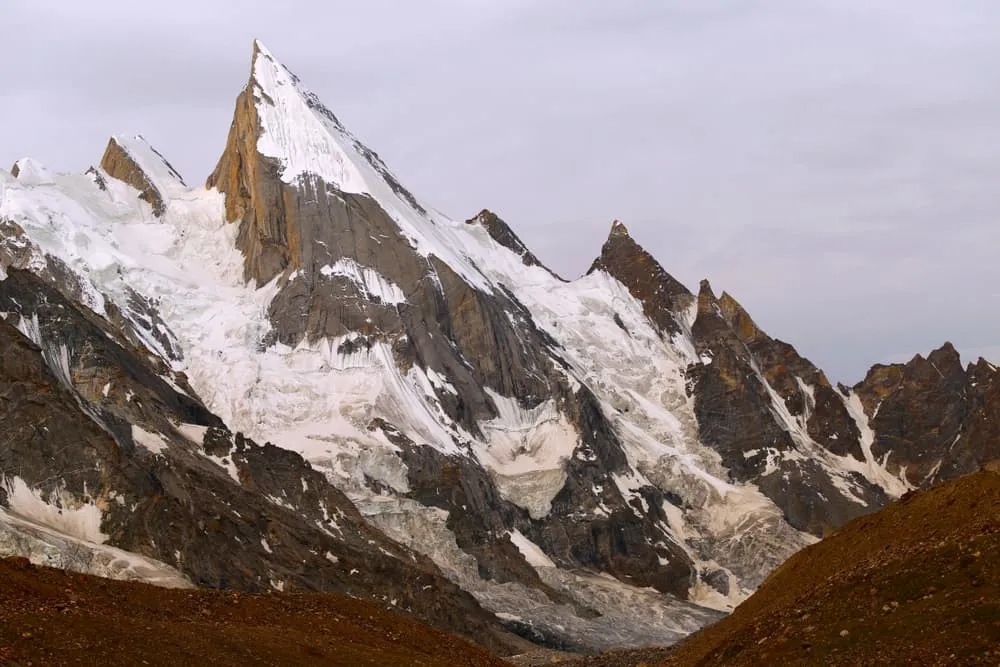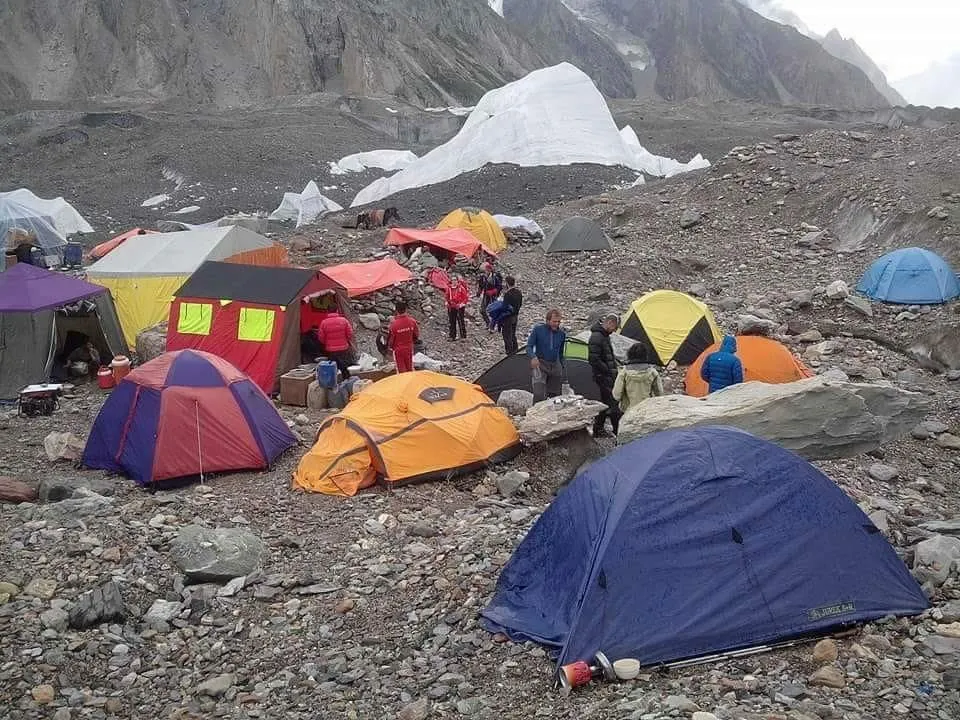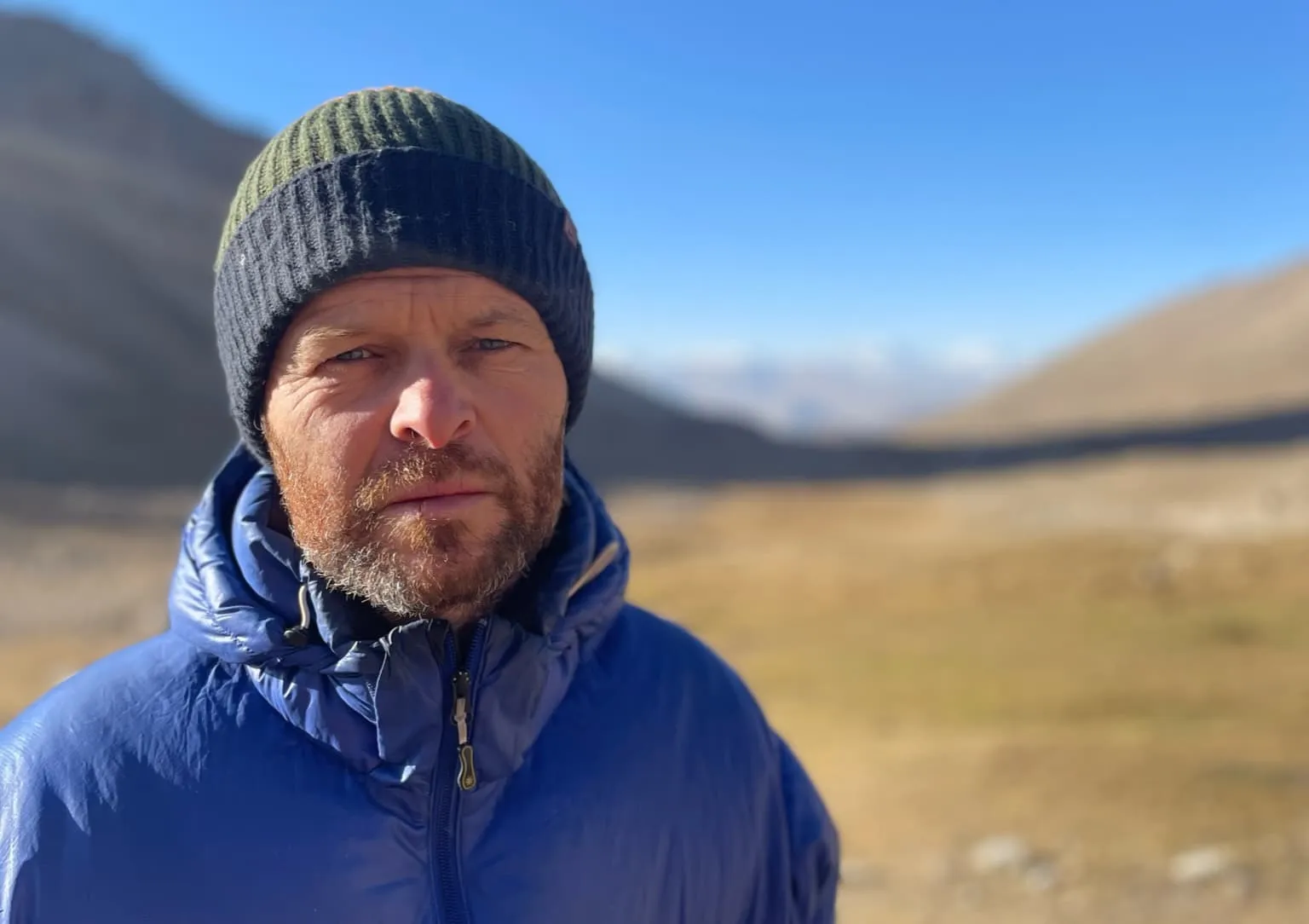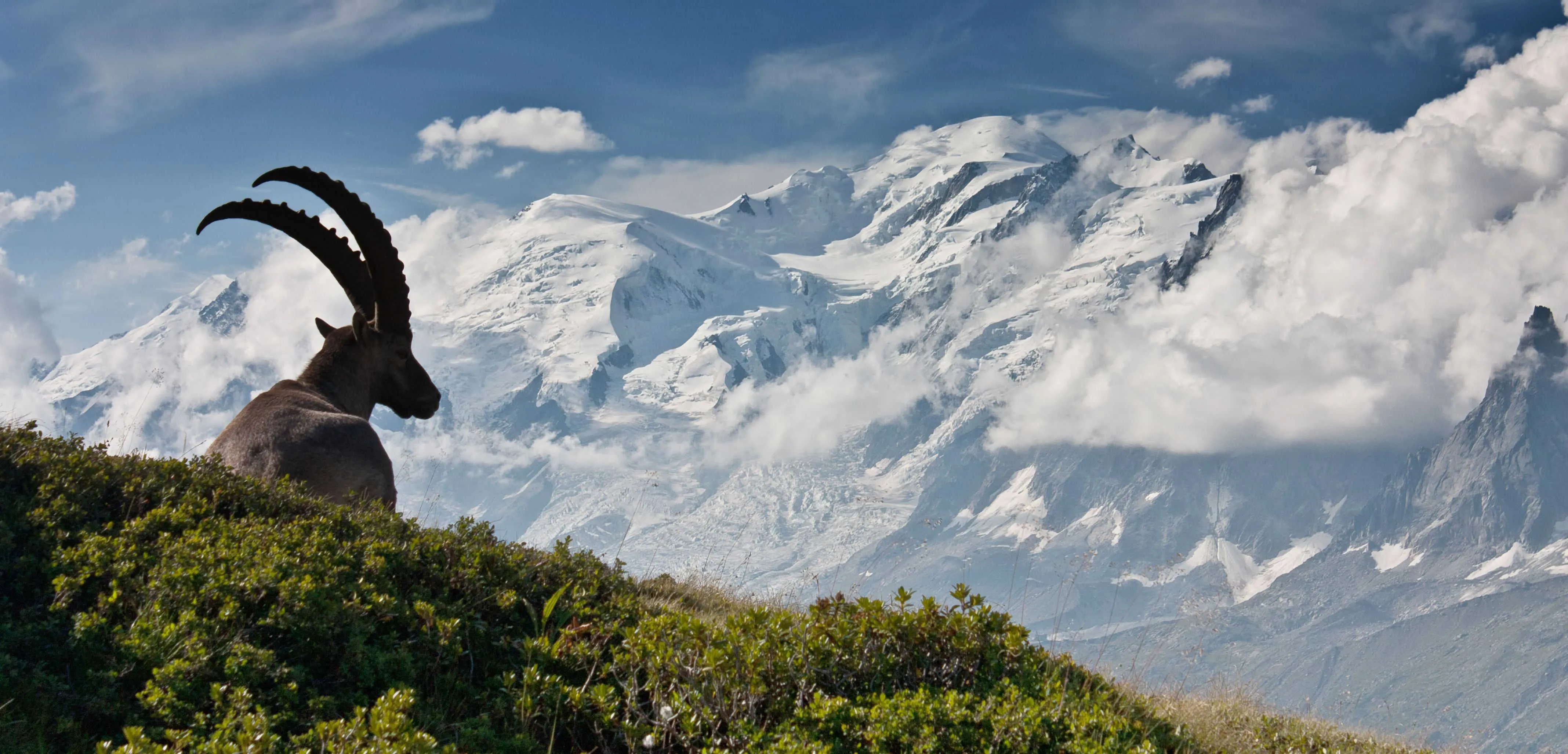Destinations
Trekking type


Gondogoro Peak and Hushe Valley
We are pleased to once again offer this superb 2-week trekking and climbing holiday to arguably the world's most spectacular mountain area, the Karakoram. We begin this adventure with a flight to Skardu in Baltistan and a drive alongside the Indus and then Shyok rivers to the village of Khaplu. Proceeding to Hushe the next day, we find ourselves nestled deep within the Karakoram Mountains. We have been bringing groups to Hushe for more than thirty years and our groups have provided funding for several projects which have helped the Hushe villagers. As a result, 100 ADVENTURES groups are always assured a warm welcome from the friendly Karakoram villages.
After adjusting to the mountain conditions in the valleys above the village, trek up on to the Gondogoro Glacier to a grassy 'ablation zone' below Gondogoro Peak. This is the place known as Huisprung. After setting up camp here, complete with lakeside reflections of sensational peaks such as the slender spire of Laila, there will be an extra day to acclimatize and to practice skills and rope work. The culmination of the holiday is the ascent of the technically straightforward Gondogoro Peak. Needless to say, the views from the summit are sensational! It's great to be offering this classic trip once again.
Itinerary
FAQ
How to Book
Booking
Availability
Cancellation policy


Just for You
Get weekly inspiration with the best treks



